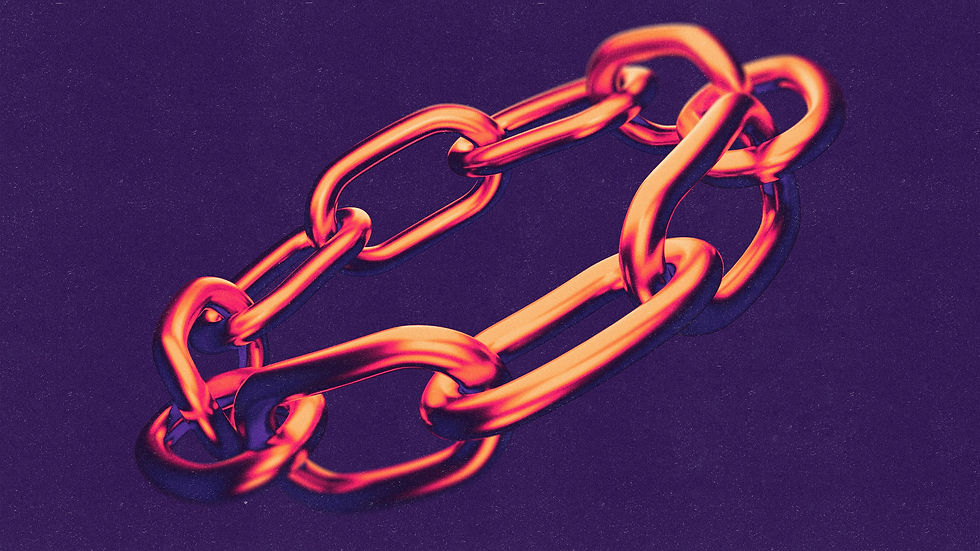Conceptual thinking is the best cover for scarcity
- Danil

- Oct 3
- 3 min read

A strong idea will succeed no matter what?
It’s a common thought, often repeated.
That’s not what I mean. I see an idea, a concept, as a resource in itself — just like budget, time, people, or expertise. And this resource is often undervalued.
No, it won’t replace everything. But it can anchor the project, shift focus away from limitations, and even compensate for what’s missing.
Here’s what a well-shaped concepts can offer in resource-limited projects:
1. Redirects attention
When a project lacks resources, it will have weak spots: a clunky website, basic visuals, or imperfect processes. A strong concept helps shift attention away from what’s missing and toward what matters — the idea. It becomes the first thing people notice and remember.
A good piece of copy can grab all the attention, pushing free stock photos or Canva templates into the background.
2. Turns constraints into narrative
Sometimes, a limitation can become part of the story.
Instead of saying “we didn’t have money for a stage” you choose an apartment setting because intimacy matters more to you and to your audience.
3. Offsets functional flaws with emotional value
When you can’t deliver something technically perfect, you can still deliver aesthetic, emotional, or symbolic value. People often forgive imperfections if they feel the project “gets them.”
But there is a catch: in that case, consistency becomes incredibly important. In some of our projects, we use ready-made Figma templates simply because we don’t have the budget for a designer. And in those projects, we follow just two rules: keep it minimal (easier to maintain) and keep it consistent. Believe me, we get just as many comments like “this looks great” simply because everything is clean, simple, and steady.
Or take another example: if I were helping a shelter run its social media, I’d drop design altogether and focus only on photos, narrative, and text. Just the cutest faces, nothing else. And that’s exactly what many in this field already do. Because it works.
4. Motivates the team and satisfies the makers
A strong concept isn’t just external; it matters internally, too.
It can be the one thing that gives creators a sense of pride or joy, especially when everything else feels like a compromise. At least we know what those compromises are for.
5. Reaches the right people
When there’s no money for promotion, a clear concept can become its own form of targeting.
Message, tone, and aesthetic can help attract exactly the people the project is meant for, sparking word of mouth, shares, reposts in groups and chats.
6. Creates legitimacy, even at a small scale
In nonprofit or grant-funded projects, the issue is often not just delivering something, but making it look intentional and aligned with the mission, even when modest.
A strong concept helps:
create a sense of coherence,
explain trade-offs through values,
and make the project feel credible to stakeholders (funders, boards, or clients).
I can’t even remember the full context or the project itself, to be honest. It was some kind of fashion show production I was involved in more than 15 years ago.
I remember a line someone on the team threw out half-seriously:
“Conceptual thinking is the best cover for scarcity.”
For a long time, it was just a meme. A line we’d repeat when things were falling apart, but the idea still looked good.
Eventually, I realized that behind this ironic phrase was more than just lived experience.
There’s a whole set of approaches and practices that describe how strong projects can be built under resource constraints — and two in particular that really resonate with this mindset.



Comments